There are MANY different chicken bedding options out there, but which one is the best? Some people swear by using sand, where others prefer straw, wood shavings or even leaves. Feeling confused? Don’t worry! I’ve got you covered.
In this article, we’ll discuss the purpose and best features of chicken bedding so you know what to look for. We’ll also compare the top 5 options out there so that it’s easy for you to pick the best option for your flock, set-up and weather conditions.
Let’s jump in!
*Disclosure: This post may contain affiliate links to products (including Amazon). I’ll earn a small commission if you make a purchase through my link, at no additional cost to you! Regardless, I only link to products that I personally use on our homestead or believe in.
The Purpose of Chicken Bedding
Before we jump into the best chicken bedding options, it’s important to have a good understanding of how chicken bedding (also referred to as chicken litter) functions in the coop.
Reduce moisture & odor
This is the number 1 reason why you want to pick a high-quality chicken bedding option in your coop. Chicken droppings are high in ammonia (which is harmful at high levels) and moisture, which can be a recipe for disaster if not well-controlled.
Winter months can be especially dangerous if moisture levels are high in the coop from excess droppings and non-absorbent bedding. Hello frostbite! Definitely check out my article about Chicken Coop Winterizing to avoid any issues this winter.
Cushion & laying boxes
The next reason why you want sufficient chicken bedding in the coop is for the birds’ comfort and safety. They are frequently jumping up and down from the roosting bars, so having a 6-8” layer of bedding reduces the risk of injury and developing bumblefoot.
Lastly, you’ll want to provide some comfortable bedding in the nesting boxes to encourage laying, but also to protect the eggs. If eggs are laid on a hard surface, they will likely break.
Insulation
Living in Minnesota, I’m always thinking about ways to protect my birds during our long winter months. Using sufficient, well-insulating bedding is a great way to keep things cozy in the coop. We’ll cover which ones are best for this below!
The Best Features for Chicken Bedding
What sets good chicken bedding options apart from bad bedding options? Here’s what we want to be looking for:
- Inexpensive
- Durable
- Lightweight & easy to handle
- Absorbent & dries quickly
- Doesn’t pack down
- Has medium-sized particles
- Low thermal conductivity (stays cool in summer and warm in winter)
- No mold or must
- Chemical-free
- Easy to compost
The 5 BEST Chicken Bedding Options
Keeping all of these factors in mind, here are the 5 BEST chicken bedding options that you can utilize in your chicken coop. I personally use a mix of #1 and #4, depending on the season. I would LOVE to find a source for #5 someday!
#1 Chopped straw
Straw is different from hay. Straw is the stalk portion of grass (wheat, barley, oat, etc.) and what’s left over after harvesting the top portion for animal feed. It’s less expensive than hay and contains less seeds, which makes it a great choice for bedding & composting (less seeds going into your garden!).
Straw can be found in two different forms: 1) Vacuum sealed packages of chopped straw, or 2) Small/square or large/round bales straight from a local farm, which will need to be chopped into smaller pieces. If given the choice, wheat straw is best, followed by rye, oat and, lastly, buckwheat.
I used to buy vacuum sealed packages because they were convenient, but now I prefer sourcing bales from a local farm. I can often find a farm who is growing it organically, and it’s a lot cheaper than the stuff at the store, too! Win-win-win!
Pros of using chopped straw:
- Easy to find
- Inexpensive ($5 for a square bale from a local farm; $10 for a vacuum sealed bag at my feed store)
- Good insulation factor & cushioning
- Can also be used in the laying boxes
- Highly absorbent – up to 7x its weight!
- Can be sourced locally
- Great for composting
- Not prone to getting dusty
- Can be used for deep litter method
Cons of using chopped straw:
- Can mat easily if whole and not chopped
- Less odor control and will need to be changed out routinely
- Can be filled with herbicides & pesticides – look for organic, especially if you plan to compost it for your garden
Where to find chopped straw:
- Your local farm & garden store
- Look on Facebook Marketplace or Craig’s List for a local farmer – My favorite option. Ask if they spray herbicides or pesticides before you buy!
- Amazon – see below
The Homesteading RD's Product Picks: | |
If you're having trouble locating organic straw locally, check this out! Perfect for the chicken coop and comes in 4lb or 8 lb bales. Clean and seed free. | |
#2 Pine Shavings
Pine shavings are a very common coop bedding material and are easy to find at most farm & garden stores. They have a fresh scent to them and are one of my top picks! Just make sure that your shavings are pine, though, as cedar and walnut is toxic to chickens.
I started out using pine shavings and it’s lovely in the coop! However, they can be more challenging to compost, so that’s why I’ve moved on.
Pros of using pine shavings:
- Inexpensive ($8 for a vacuum sealed bag at my feed store)
- Easy to find
- Good insulation factor & cushioning
- Can also be used in the laying boxes
- Highly absorbent
- Good odor control
- Can be used for deep litter method
Cons of using pine shavings:
- Risk of crop impaction – chickens love to dig around in bedding and pine shavings can get lodged in their crop
- Can get dusty
- Harder to compost and could decrease the pH of your soil, however, this topic is controversial! There’s a lot of chatter about pine needles, but I have yet to find good information about composted pine shavings.
Where to find pine shavings:
- Your local farm & garden store
- Look on Facebook Marketplace or Craig’s List for a local farmer – My favorite option. Make sure there’s no cedar in the mix!
- Amazon – See below
The Homesteading RD's Product Picks: | |
Small wood shavings that stay fluffy, absorbant and are naturally deodorizing.This product is shipped in a 2.3 cubic foot compressed bag, that expands to approximately 6 cubic feet of bedding. | |
#3 Sand
Ooooo sand, people either love it or they hate it. This is probably one of the more polarizing chicken topics out there. The key to success with sand is buying the right stuff. Look for coarse construction-grade sand or river sand. Never use fine sand like play or beach sand.
For maintenance, you’ll need to use a kitty litter scooper to pick up the chicken droppings daily. Then, annually or biannually, the sand should be removed, washed, sun-dried and reused.
I’m personally not a big fan, especially with our cold climate in Minnesota. For those in the south, it’s probably worth looking into!
Pros of using sand:
- Low risk of mold growth
- Lasts for a long-time
- Provides a natural grit source & dust bath
- Helps chicken droppings dry out quickly
- Stays cool in the summer – if out of direct sunlight
- Easy to clean, like a kitty litter box – but needs cleaned often
Cons of using sand:
- Not compostable
- Can be dusty if not using the right kind of sand
- Expensive
- Heavy – You’ll want to make sure your flooring is solid and if your coop is moveable, definitely don’t use sand
- Poor insulation and cushioning – not a good choice if you have cold winters
- Not very absorbent and can lead to higher ammonia levels if not cleaned promptly
- Not appropriate for laying boxes
- High maintenance
- Cannot be used for deep litter method
Where to find the right kind of sand:
- Your local hardware garden center or landscaping company – keep in mind that it may be freshly washed (wet) and will need to be dried before going into the coop
#4 Chopped Leaves
This is one of my favorite chicken bedding options! Not only is it free and readily available every fall, but the chickens LOVE scratching in it – a great boredom buster in the winter!
However, leaves can get matted and aren’t as absorbent as other types of bedding, so I like to mix it in with chopped straw rather than using it exclusively.
The key is using chopped leaves that are FULLY dry, otherwise, they can quickly get moldy. We use our mower to chop them up and then once they are completely dry, I collect them in leaf bags. I store them in our garage and pull them out as needed. I reuse the same bags year after year, too!
The Homesteading RD's Product Picks: | |
Large, 30 gallon capacity and designed to stand alone, making them easy to fill and store. The bags are also 100% biodegradable, and recyclable! | |
Pros of using leaves:
- FREE
- Good insulation factor & cushioning
- Can also be used in the laying boxes
- Great boredom buster
- Provides a natural environment
- Chickens will stir up the bedding for you, keeping it fresh
- Excellent for composting
- Not prone to getting dusty
- Can be used for deep litter method
Cons of using leaves:
- Seasonal
- Harbors insects
- Needs to be chopped to improve absorbency
- Must be fully dried to avoid mold growth
Where to find leaves:
- Your yard!
- Ask your neighbors for their leaves, too!
#5 Hemp
Hemp is one of the best bedding options available for the coop, but it can be hard to find. It’s absorbent, long-lasting and a sustainable option. A great option for those who have environmental allergies!
Hemp is definitely something that I want to look into further, especially now that there are more and more hemp growers in Minnesota. I hope to partner with a local farmer soon. Stay tuned!
Pros of using hemp:
- Long-lasting
- Good insulation factor & cushioning
- Natural resistance against pests and insects
- Can also be used in the laying boxes
- Highly absorbent
- Good odor control
- Can be sourced locally – if you can find it!
- Great for composting
- Not prone to getting dusty
- Can be used for deep litter method
Cons of using hemp:
- Can be expensive
- Hard to find
Where to find hemp:
- Look on Facebook Marketplace or Craig’s List for a local farmer – Hard to find, but worth a try!
- Look into contacting your state licensed hemp farmers
- Amazon – See below!
The Homesteading RD's Product Picks: | |
Hemp bedding provides a soft, comfortable environment with good absorbances and a high-thermal rating. Hemp bedding can absorb up to 4 times its weight! | |
FAQ About Chicken Bedding
What bedding is NOT good for chickens?
Cedar
While pine shavings are a great option, cedar wood is aromatic and can cause respiratory issues. Cedar shavings are often more expensive and harder to find than pine shavings, anyway. Avoid using cedar shavings in the coop.
Grass clippings
While grass clippings could potentially be used in the coop (similar to straw), they would need to be fully dried first. Grass typically mats together and composts, so getting it to a dry and fluffy state can be challenging.
If not fully dried, grass clippings can become moldy and increase the risk of frostbite in winter. Also, some plants in your lawn might be toxic to chickens and may be mistakenly eaten if mixed in with the grass clippings.
Sawdust
Using sawdust may seem like a great idea since it’s fluffy and very absorbent, it is WAY too powdery and dusty. You’ll put your flock at risk for respiratory issues for sure.
Kitty Litter
When talking about chicken litter, it’s easy to go straight to thinking about kitty litter. However, kitty litter shouldn’t be used in the coop. Kitty litter can be toxic if eaten and it’s too dusty, which can lead to respiratory problems in your flock.
Shredded Newspaper
While shredded newspaper may seem like a great idea, especially if you still get a weekly newspaper, it’s not the best option for in the coop. Once wet, it gets slimy and sticky. Not to mention all of the ink that can be toxic and run everywhere. It’s also not absorbent at all.
Whole newspaper sheets should absolutely be avoided in the chick brooder. It is very slippery and can cause leg issues in your chicks.
Hay
Straw and hay may seem similar, but they have different purposes. Hay is food for livestock, not bedding. It’s more expensive, less absorbent and more likely to mold than straw. Reserve hay for your animal feed, not your coop.
Should I use the “deep litter” method?
The deep litter method involves layering fresh bedding on top of old bedding to allow the lower layers to compost down. This can create heat in the winter, which is beneficial in cold climates. Every spring, the coop is entirely cleaned out and the process starts all over again.
It requires careful attention and management to ensure that it is done correctly to prevent ammonia build up, which can be harmful to your flock. I have used the deep litter method in the past and it went just fine. The yearly coop clean out day is quite the ordeal, though!
How often should I clean out my coop?
This completely depends on the type of bedding you use, how many chickens you have in your space, and the season.
- The better the bedding you use, the less often you’ll need to clean out the coop.
- The more chickens you have in one area, the more often you’ll need to clean out the coop
- In the summer, you’ll need to clean out the coop less often than in the winter (when they’re spending more of their time inside)
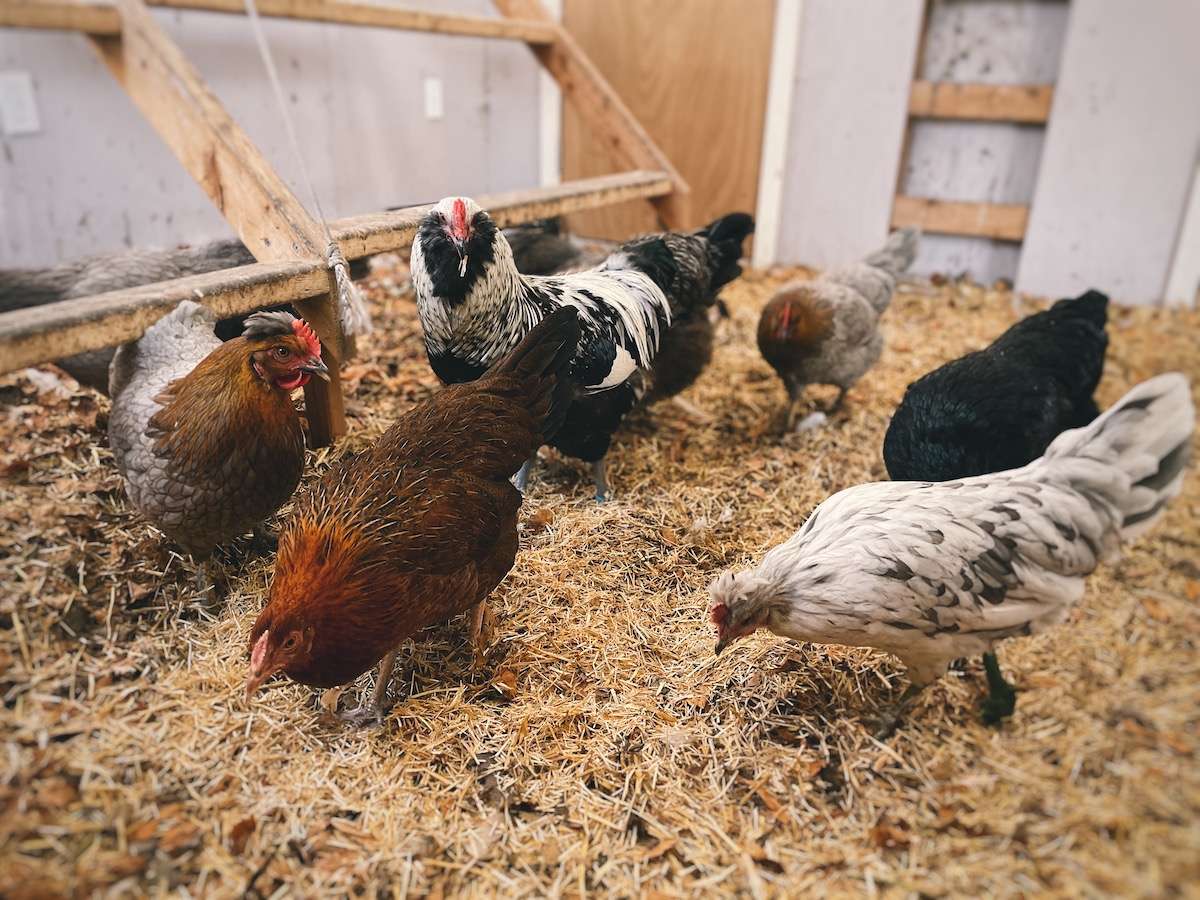
In general, I turn over the chicken bedding with a pitch fork and top off with fresh bedding (especially under the roosting bars) on a weekly basis. Then, I do a full coop clean out on a monthly basis.
However, I always follow my nose. If I detect any sort of ammonia build up, it’s time to clean it out!
How much bedding should I use in my coop?
Having sufficient bedding is essential to provide proper cushioning, insulation and absorptive capacity. The amount of bedding required depends on the age of your chickens.
- Chicks: 2 inches
- Young chickens: 6 inches
- Mature chickens: 8 inches
What should I do with all of the dirty bedding?
One word: COMPOST! Chicken poop mixed with bedding makes the most amazing compost for your garden. I highly recommend it! It’s the only thing that I really add to my garden and it does amazing. You must absolutely compost the chicken coop before adding it to your garden because it is very potent and will burn your plants if thrown in raw.
Want some tips on how to compost? Check out my blog post The Best Compost for Your Vegetables Garden.
The Homesteading RD's Product Picks | |
I love this compost tumbler because it has two seperate compost bins. That way you can leave one side to finish while actively adding to the other. This is a smaller model, which would be perfect for those composting food scraps or have a small garden. | |
This is the larger version of the same compost tumbler above and features the practical double bin style. If you have a lot of yard, garden or chicken waste to compost, this would be a great size for you! | |
What tips make coop clean out day easier?
Install a poop chute!
When we designed our poultry palace a few years ago, I made sure to brainstorm with Ryan a way to make coop clean out day a breeze. We came up with the poop chute and I am so obsessed with it! It was simple to install and it makes the whole process take only minutes. You can check it out on Instagram!
Build compost bin nearby
This is so helpful, especially if you decide to compost your chicken bedding (which you should!). In the winter months, I am especially thankful that I don’t have to haul the dirty bedding very far on coop clean out day.
Other Chicken Articles You’ll Love
- Ultimate Guide to Chicken Nesting Box Size
- Ultimate Guide to Chicken Coop Flooring
- Inside a Chicken Coop: 5 Required Items (and 3 to AVOID!)
Final Thoughts
Picking the right chicken coop bedding can be overwhelming, but it doesn’t have to be! Hopefully by now you have a good feel for what’s out there and what’s the best fit for your unique coop. Let us know in the comments what kind of bedding you use!
Are you a first-time chicken keeper? Or maybe you don’t even have chickens yet? Definitely check out my ultimate resource How to Care for Chickens: A Beginners Guide.
*Information in this article was referenced from personal experience and/or from my favorite chicken book Storey’s Guide to Raising Chickens unless otherwise noted.
The Homesteading RD's Product Picks: | |
This is THE chicken book to have! I've had my copy since the beginning and it's the one that I keep going back to time after time. It provides everything you need to know from coop design, hatching chicks, layer nutrition, and much more! | |

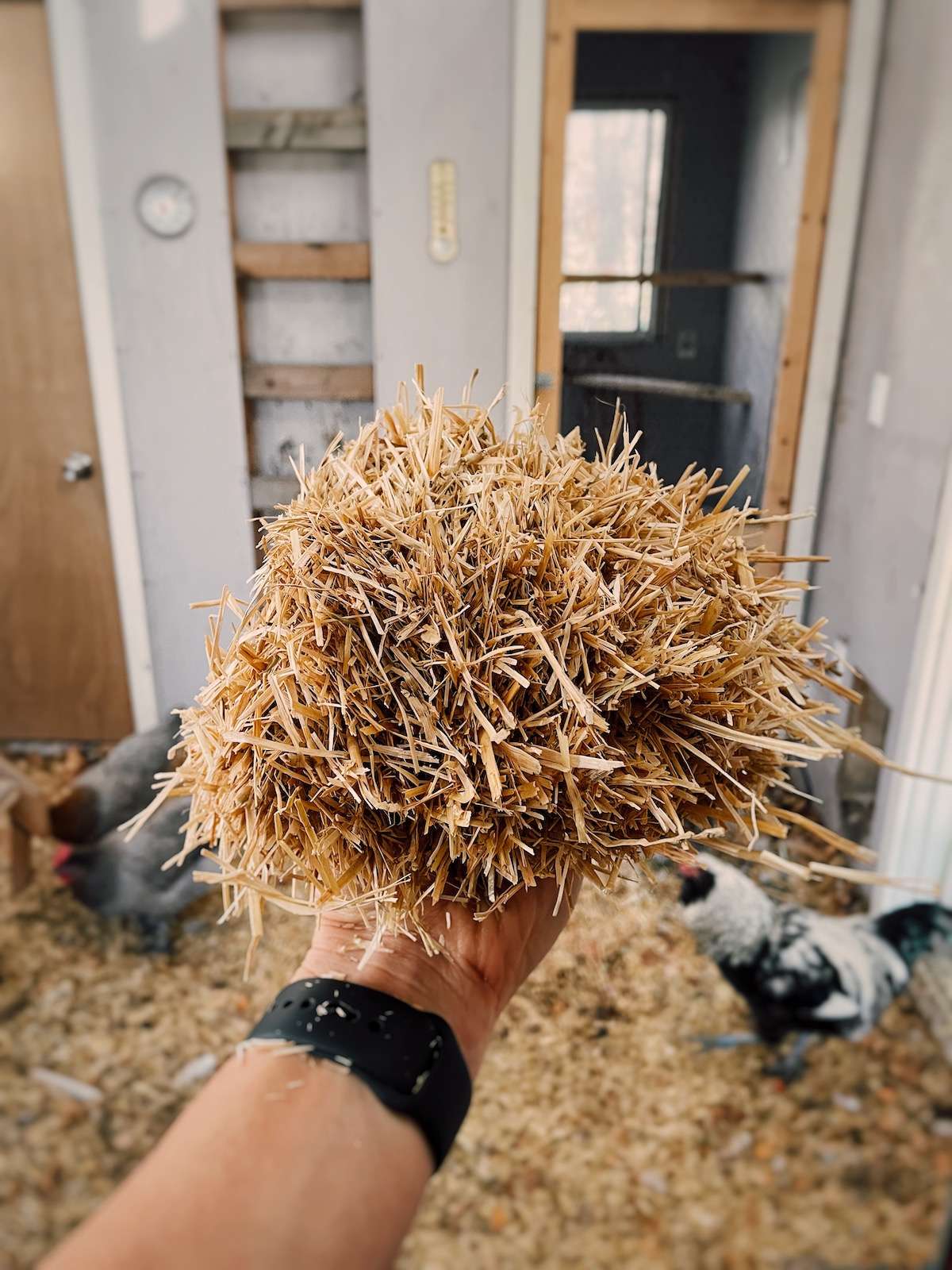
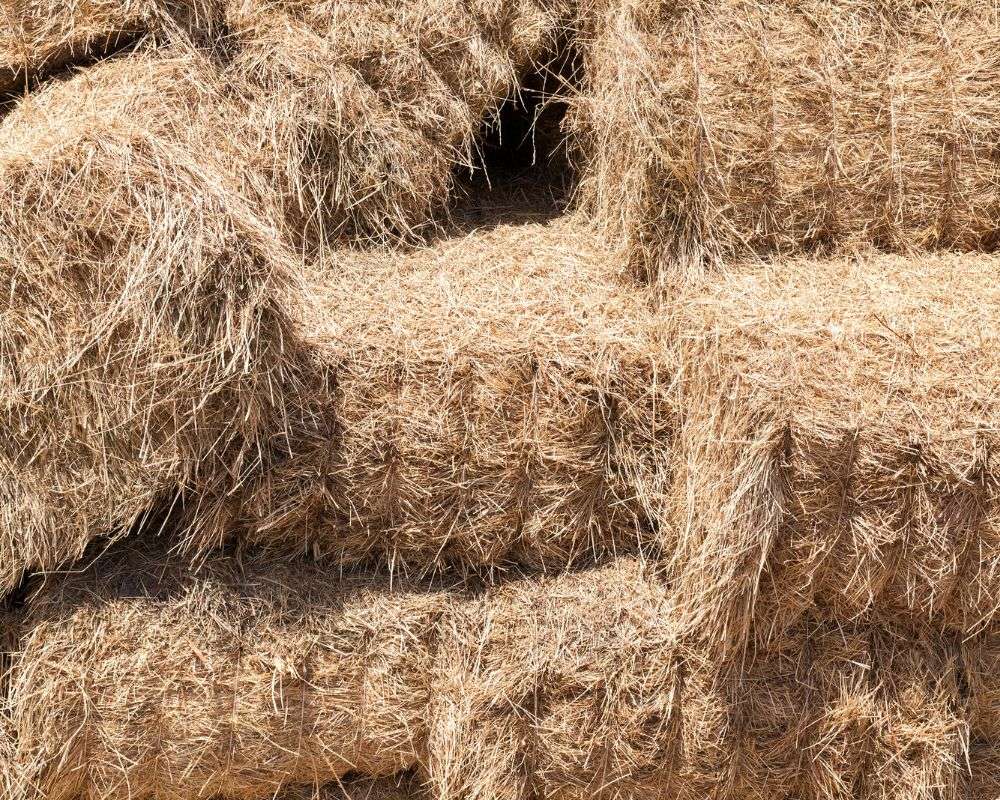

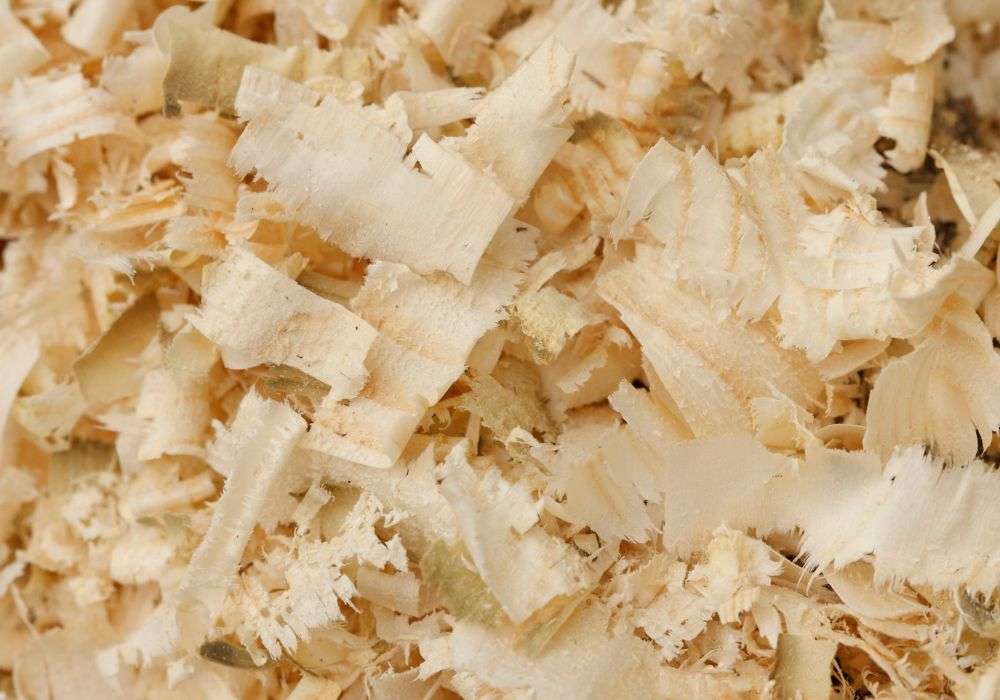

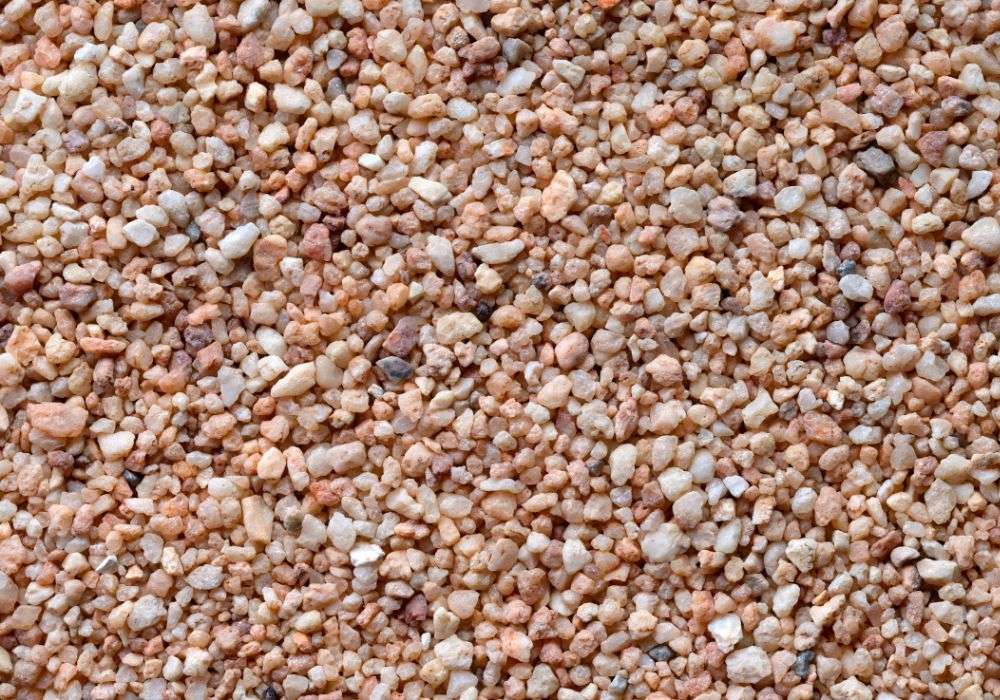

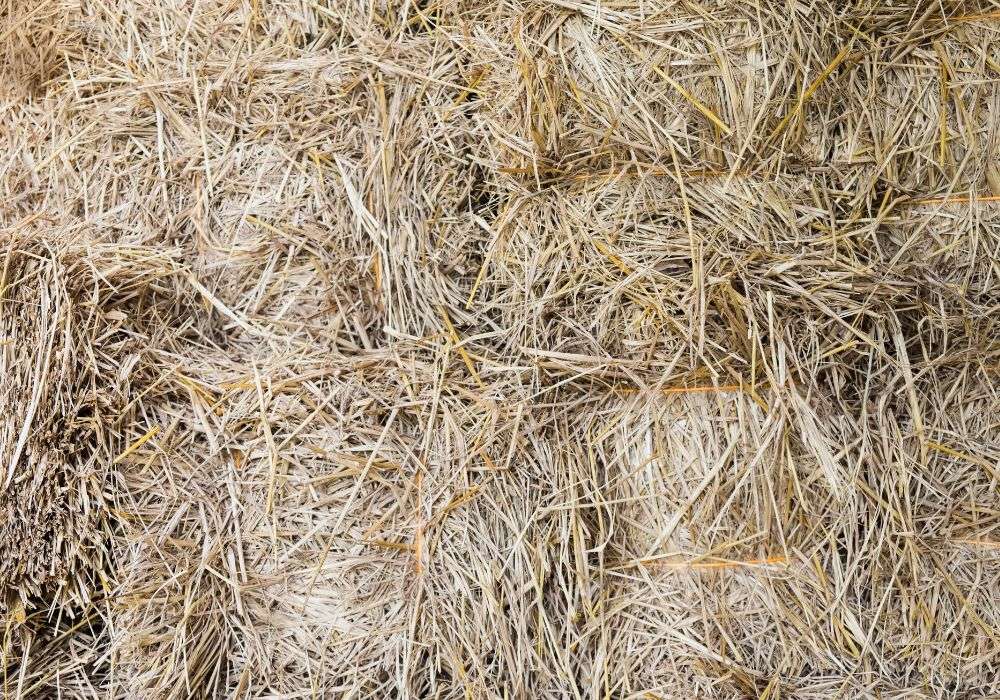





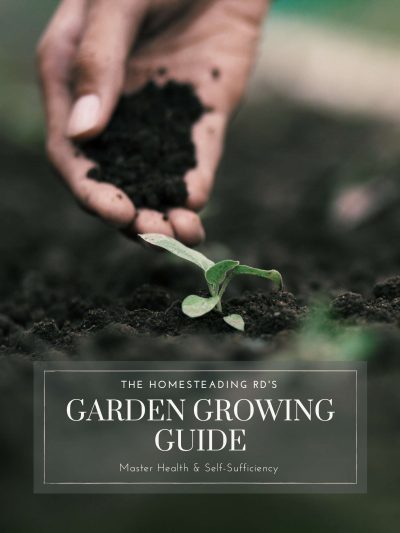
Do you have plans to build the Chicken Palace???
I don’t have any plans for it, sorry!
Interesting post! Never used chicken bedding. When we raised chickens in Jamaica, they were mainly allowed to explore the yard. When they were ready to lay eggs, the chickens made their own nesting bed from whatever (sticks, leaves, feathers) they found in the yard. It was always in an isolated area under a sheltered area; how smart? Your blog will definitely come in handy when i start to raise my own chicken here in the US.
I love that so much! I suppose with warm weather year-round, that’s completely sufficient! I fear with our brutal winters in Minnesota that an insulated coop with adequate bedding is a necessity. Thank you so much for sharing! I love hearing how things are done in other parts of the world.